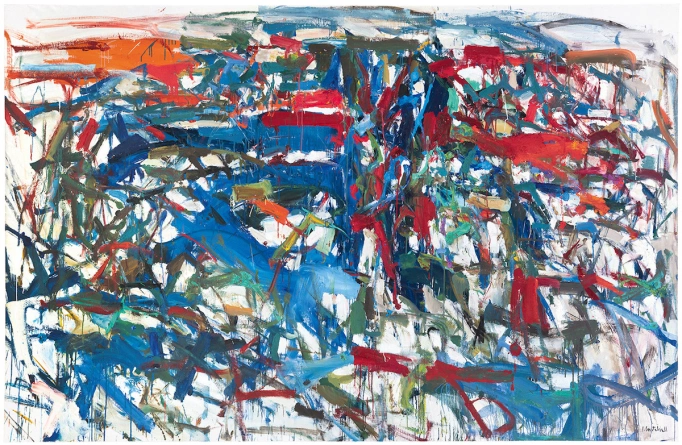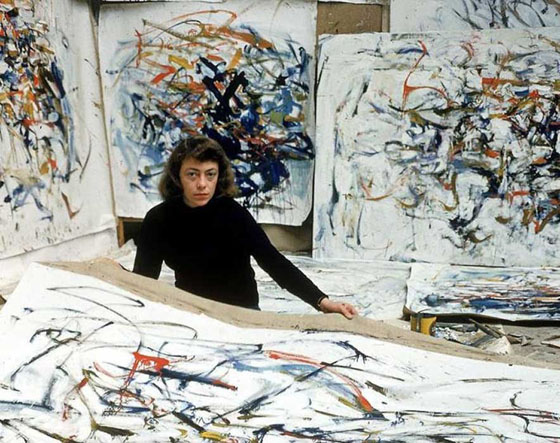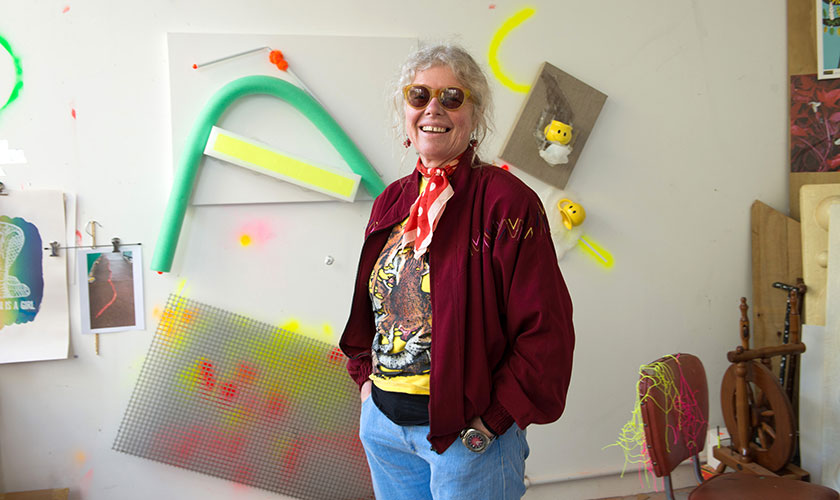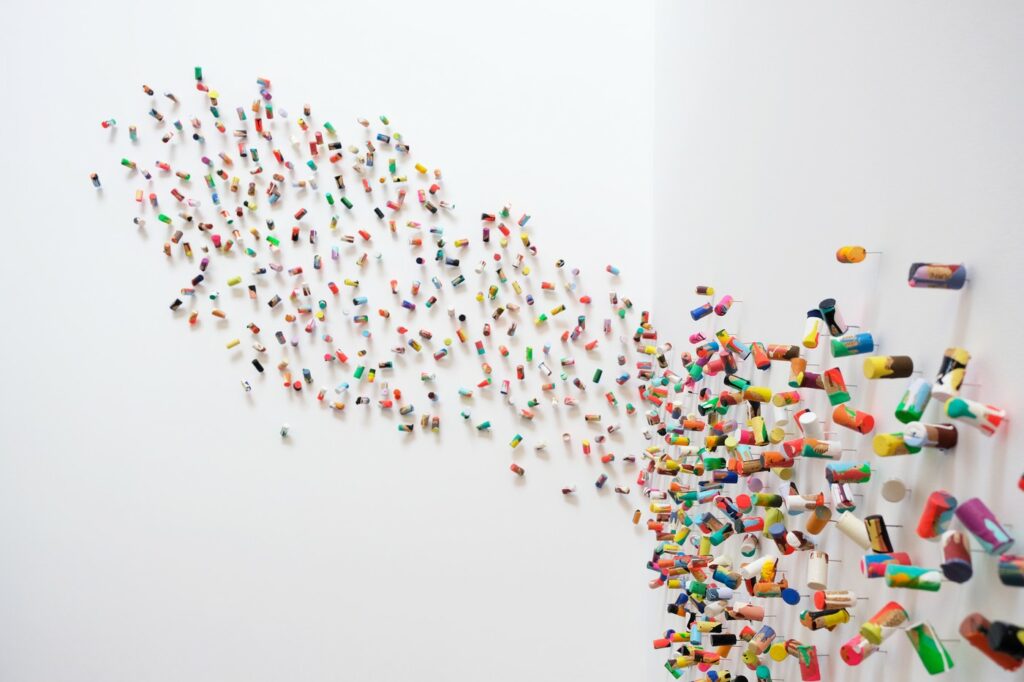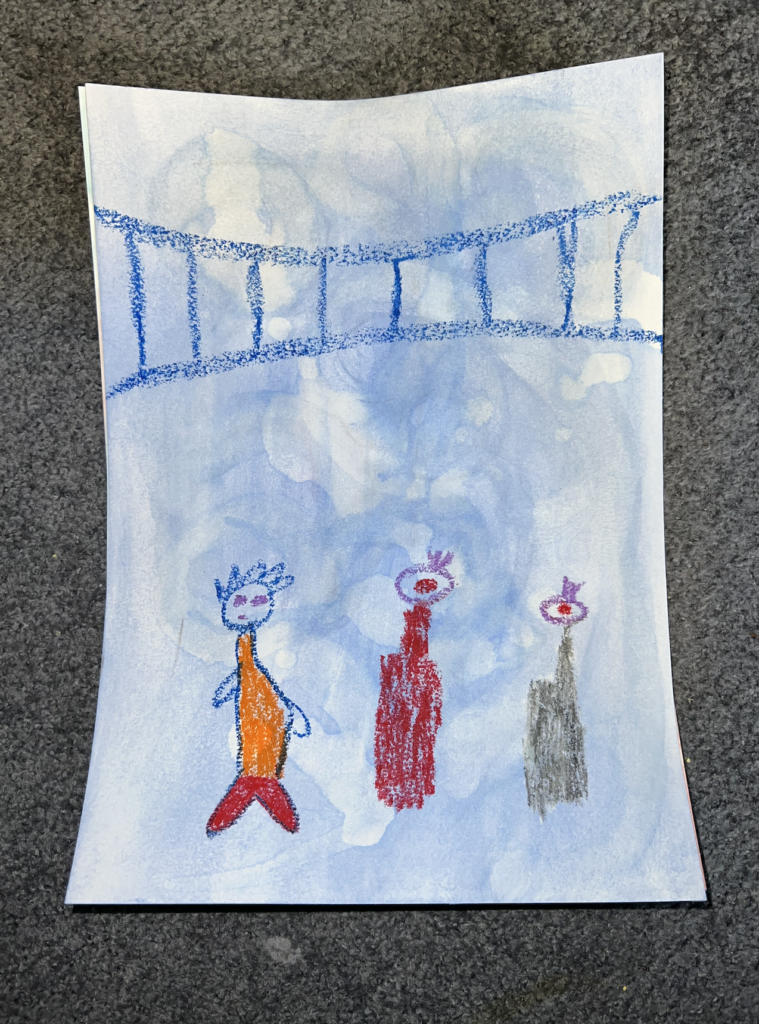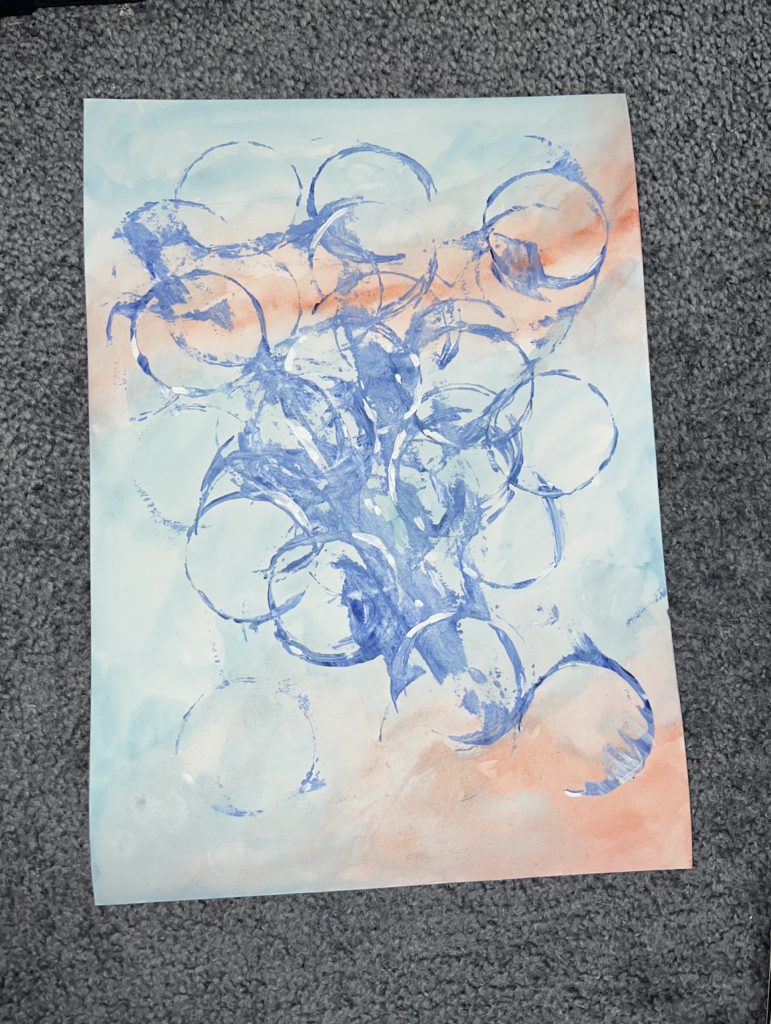Over the past 4 weeks, we have been working on the Process Into Image brief by exploring different ways to create artworks while also in a lockdown situation. This brief has challenged me and my creative skills throughout the process in ways that meant I had to be flexible and open to trying new ways of doing things. Being able to paint, draw, sketch, and use miscellaneous objects I found laying around to create works and techniques I could later combine in the final 2 weeks of the brief was a challenge for me as I had to let go of any control I wanted to have over the image. I thoroughly enjoyed using such a range of different media throughout this process and really enjoyed the way this brief challenged me and my creative skills, without being too strenuous.

“A Different Terrace Cafe” 
“Birds Nest”
These are the final 2 artworks I chose that I believe reflect my learning over the past 4 weeks the best. The work on the left I titled “A Different Terrace Cafe” after using Van Gogh’s Terrace Cafe as a reference image. I think this work embodies the learning I had over the past 2 weeks well as it combines the verb painting techniques from week one with the background exhibiting a “spill” or “pour technique”. I combined this background with a watercolour painting on top, inspired by the one I did from week 2 with the reference image of a painting from before 1900.
The work on the right I titled “Birds Nest”, as it not only kind of resembles one but I feel as though the overlapping of colours and techniques creates a chaotic, messy feel, kind of like a birds nest. I combined the imagery from the piece of fabric reference photo with one of the verb paintings I did in the first week. I believe this image is a good combination of the learning I did over the past 4 weeks as it shows different techniques I tried throughout the different stages and different ways of trying to combine them also.
Overall, I’m happy with the work I have produced throughout this brief, and have thoroughly enjoyed creating such a plethora of paintings, drawings and so many different techniques. I believe the final 2 works are among some of the most successful ones I produced throughout the final 2 weeks and am happy to be presenting them in this final stage. This brief has been one of my favourites this year and I have really enjoyed each week as It came. I’m very proud of myself and the work I was able to produce, as well as for completing my first year of University!















